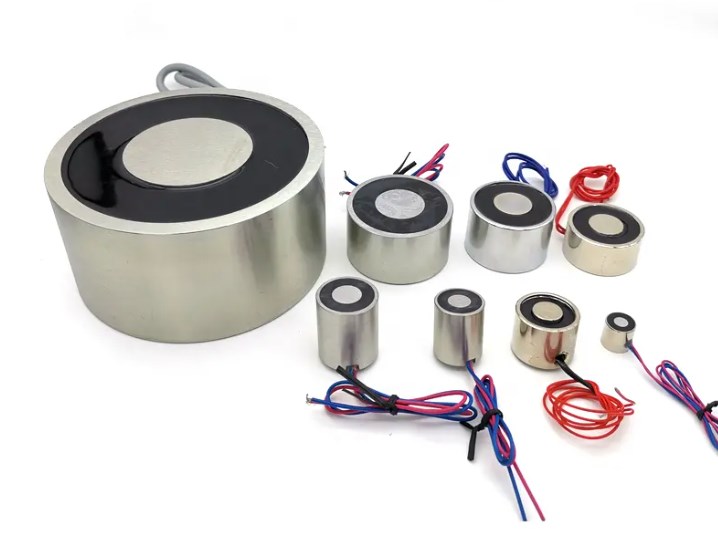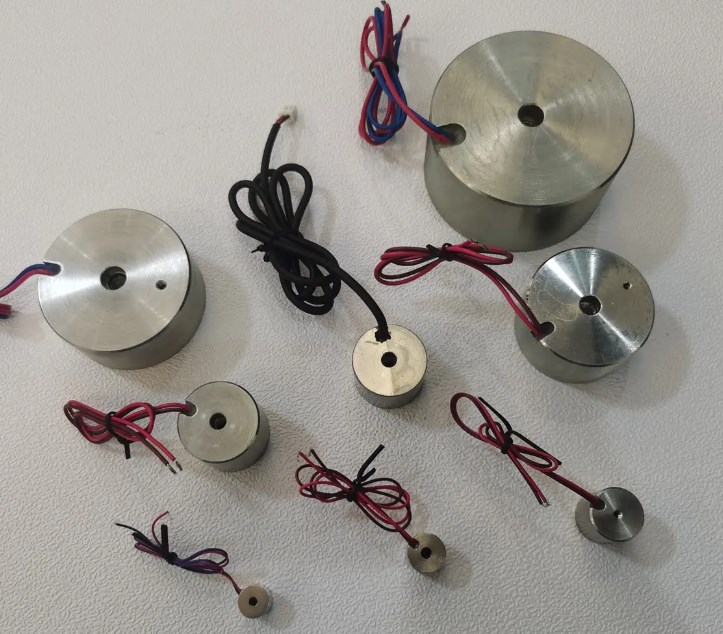Magnetic Anisotropy And Anisotropic Materials
Magnetic anisotropy is the dependence of magnetic properties on a preferred direction. Before elaborating the details of magnetic anisotropy, let's get some knowledge about several related terms defined as the follows:
Sources of Magnetic Anisotropy
Magnetocrystalline Anisotropy: the atomic structure of a crystal introduces preferential directions for the magnetization. Shape Anisotropy: when a particle is not perfectly spherical, the demagnetizing field will not be equal for all directions, creating one or more easy axes. Magnetoelastic Anisotropy: tension may alter magnetic behavior, leading to magnetic anisotropy. Exchange Anisotropy: a relatively new type that occurs when antiferromagnetic and ferromagnetic materials interact. Easy Axis: An easy axis is an energetically favorable direction of spontaneous magnetization that is determined by the sources of magnetic anisotropy. Magnetic Moment: The magnetic moment of a magnet is a quantity that determines the force that the magnet can exert on electric currents and the torque that a magnetic field will exert on it. In the absence of an applied magnetic field, a magnetically isotropic material has no preferential direction for its magnetic moment, while a magnetically anisotropic material will align its magnetic moment with one of the easy axes. The two opposite directions along an easy axis are usually equivalent, and the actual magnetization direction can be along either of them. Most magnetic materials can be magnetized to saturation along the same direction (magnetization direction). The anisotropic magnets can generate stronger magnetic field than the isotropic ones.















